Formula 1 bosses have revealed dramatically reworked new regulations for the 2021 season, promising new-look cars that will improve on-track battling and close up the gaps between teams.
The new regulations, which include both the technical specifications of the cars and new rules, have been developed over the last two years by F1 bosses and the FIA, motorsport’s governing body. There will also be a cost cap in an attempt to make closer competition between the teams.
From 2021, F1 cars will have a new look, with simplified aerodynamics designed to put more emphasis on mechanical grip and make it easier for cars to race each other. It's claimed that a 2021 car will retain 86% of downforce when a car length behind another, compared with 55% on the current machines.
F1 boss Chase Carey said the aim of the new rules was “to improve the competition and action on the track and at the same time make the sport a healthier and attractive business for all.” He continued: “We made many changed during the process as we received input by the teams and other stakeholders, and we firmly believe we achieved the goals we had set out to deliver.”
Carey also revealed that new engine rules and a commitment to increase the renewable element of the fuel used are designed to reduce F1's impact on the environment, saying: “In the next few weeks, we will be launching plans to reduce and ultimately eliminate environmental impact of our sport and business.”
F1 2021 rules in details
Technical regulations
Aerodynamics: The new rules will simplify the look of the cars, desensitise certain areas and reduce wake to make it easier for cars to follow each other. There will be a simpler front wing, bargeboards will be banned and ground effect will be added by a long diffuser under each sidepod in order to put an emphasis on mechanical grip.
Restrictions will be introduced in a number of areas to limit the impact of aerodynamics, although the rules will still ensure visual differentiation in areas such as the nose, front wing, engine intake and sidepods.
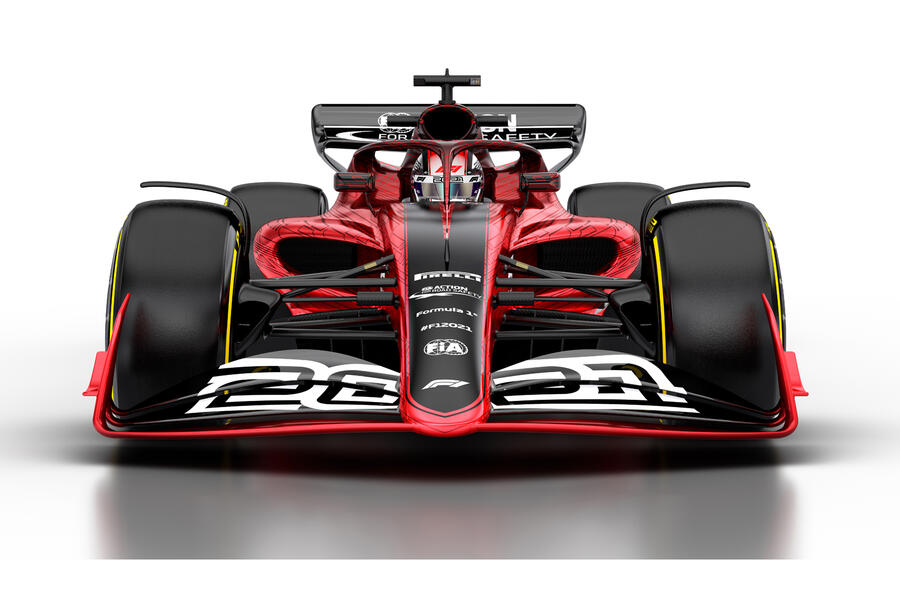

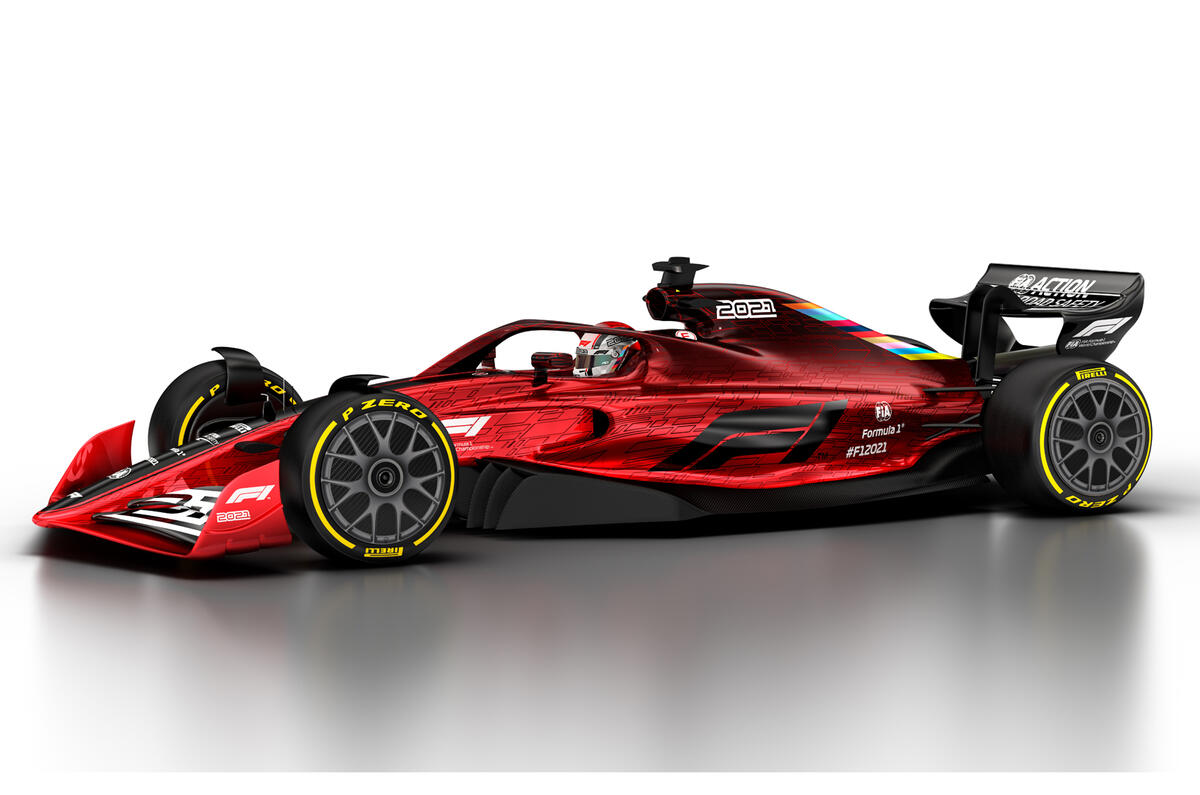
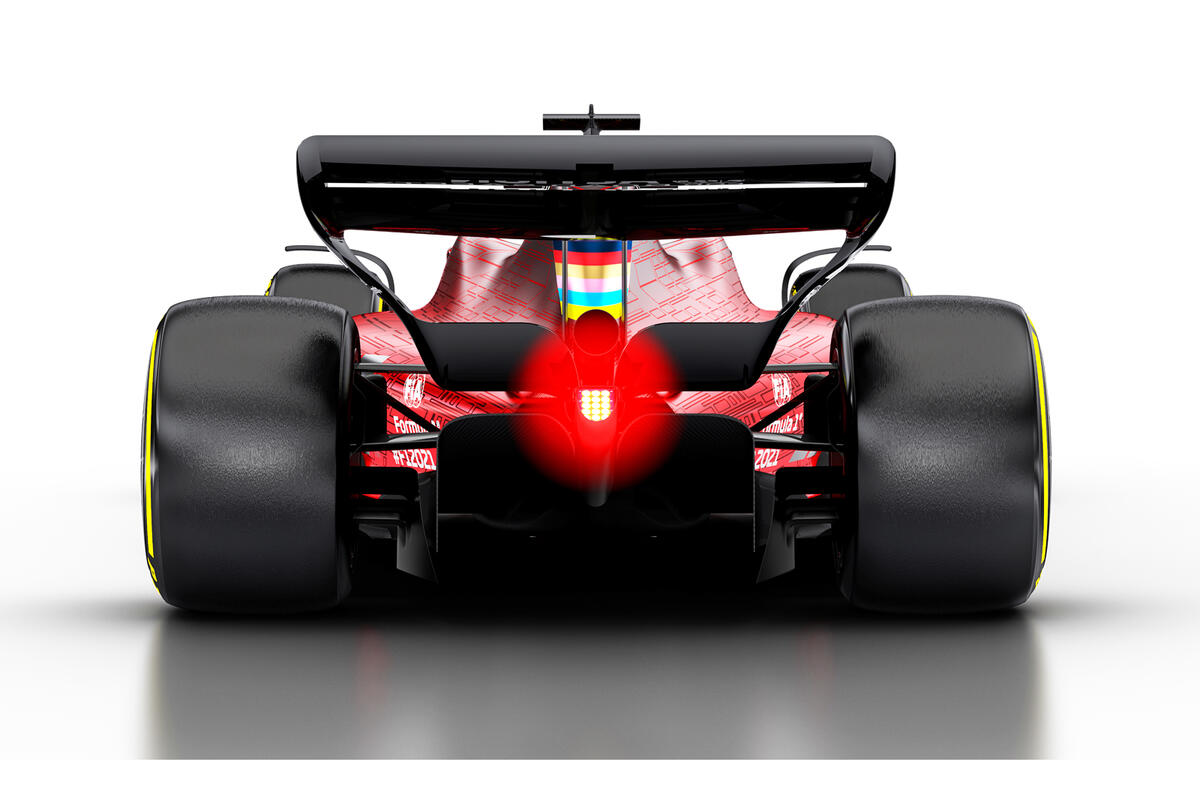
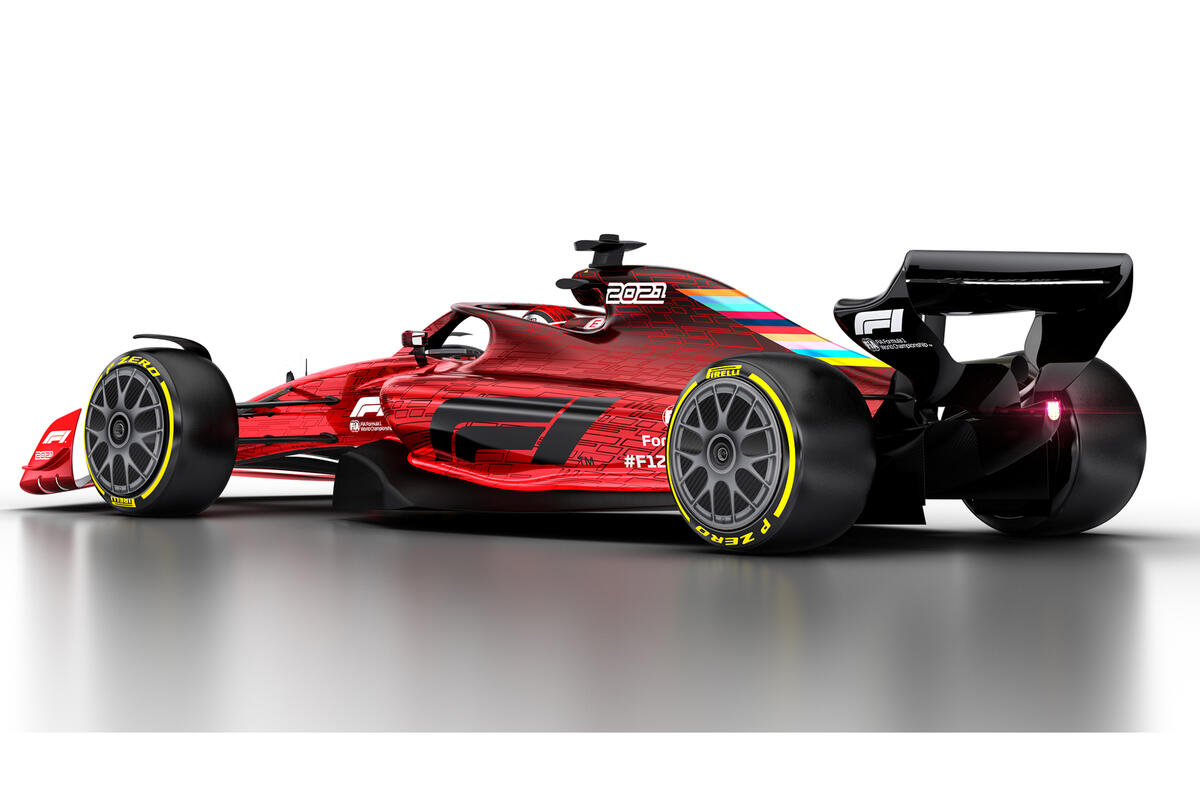
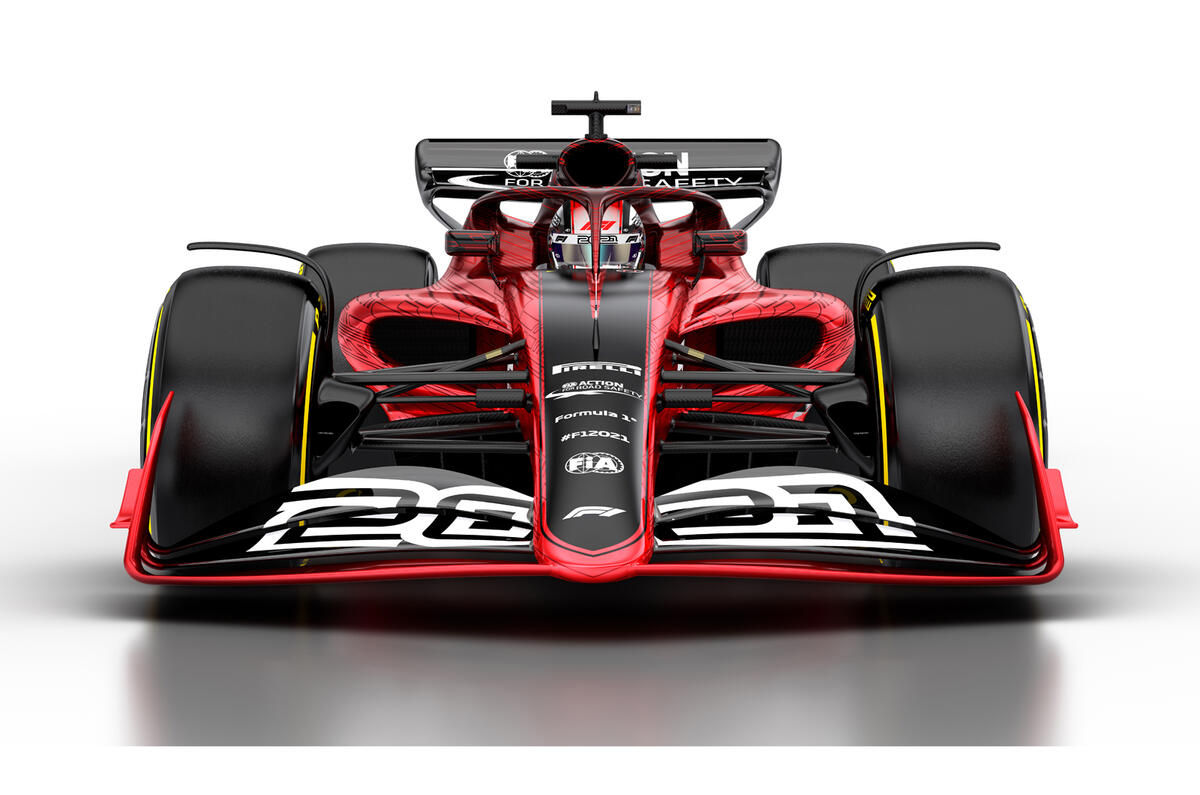
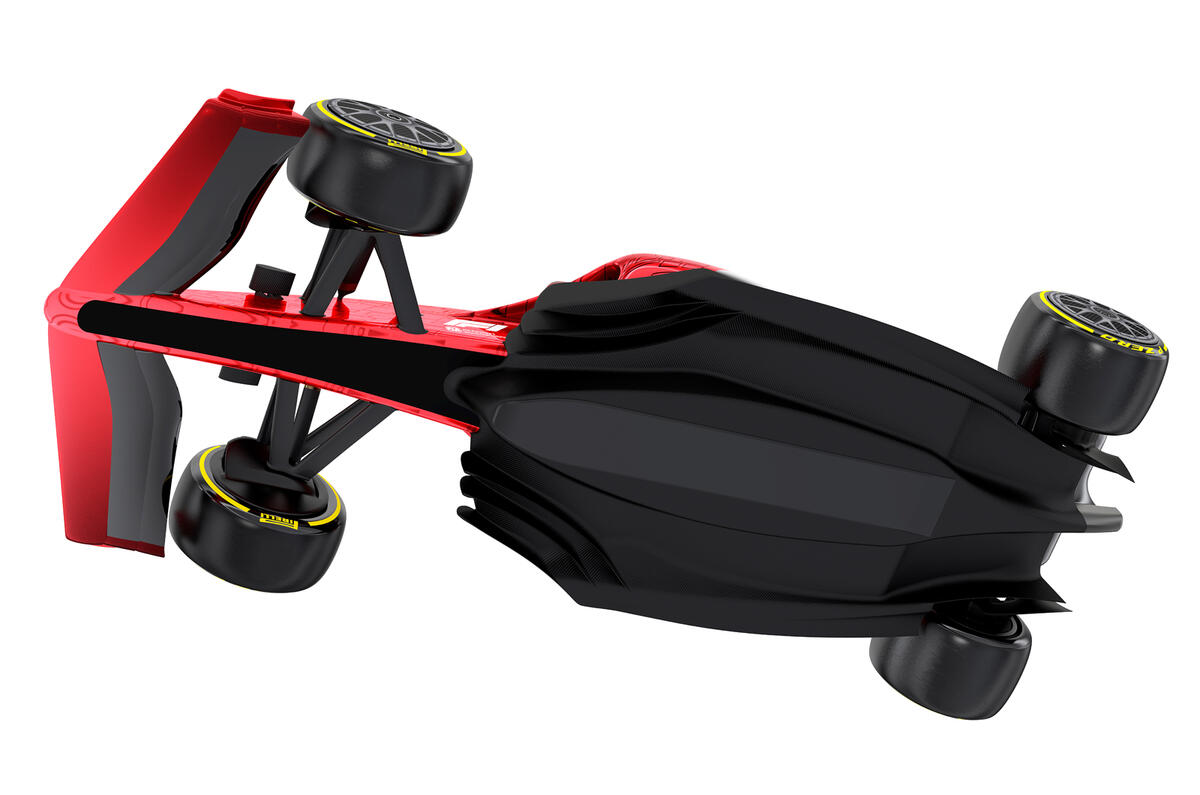

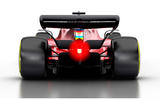
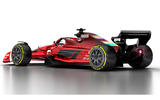
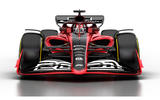


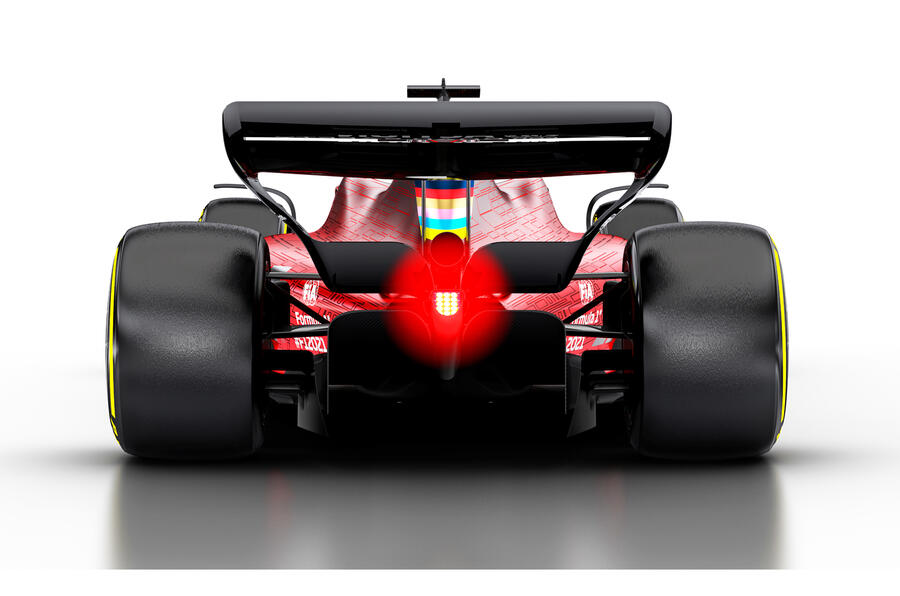
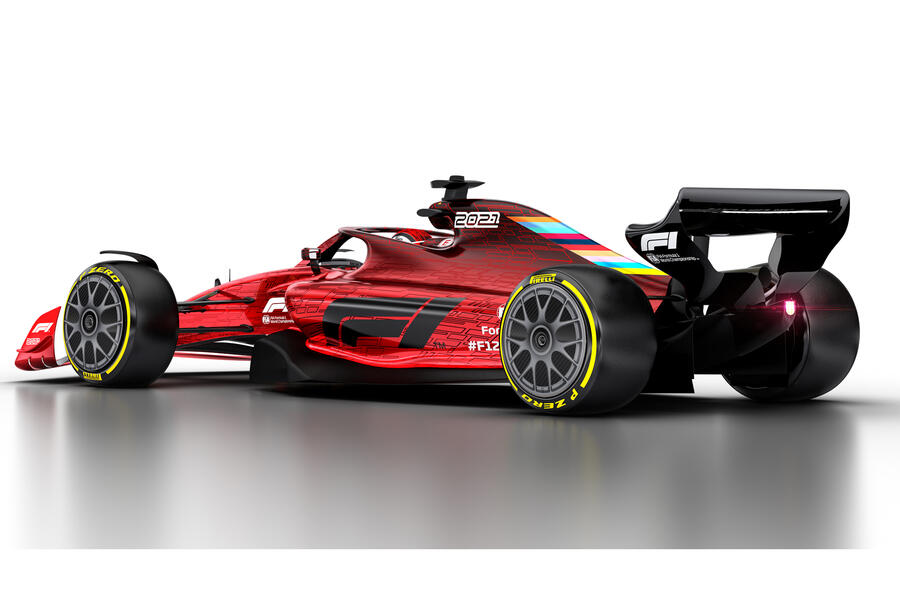






Join the debate
Add your comment
Everytime they make changes,
Everytime they make changes, they are always to improve the racing battles and they never seem to work.
Been hearing...
..the same old, stale, decayed, hackneyed, misguided, infinitley repeated, regurgitated, rehashed, quotidian, reheated, time-worn, oxidized, shopworn, platitudinous, mildewed crap for at least 30-40 years, every time they brought out a good idea FIA/Ferrari had it banned, perhaps now that "usa" is to get involved/have bought it will need to be dumbed down in any case. Just turn it into or amalgamate it with indy car and let it fade away ffs.
Major mistake
Why not change to NA hybrid engines so the cars sound more like they used to?
Not kern on bigger wheels with lower profile tyres either, messes with the aesthetic too much for me, there's something very purposeful about the balloon tyre profile on an open wheel racing car.